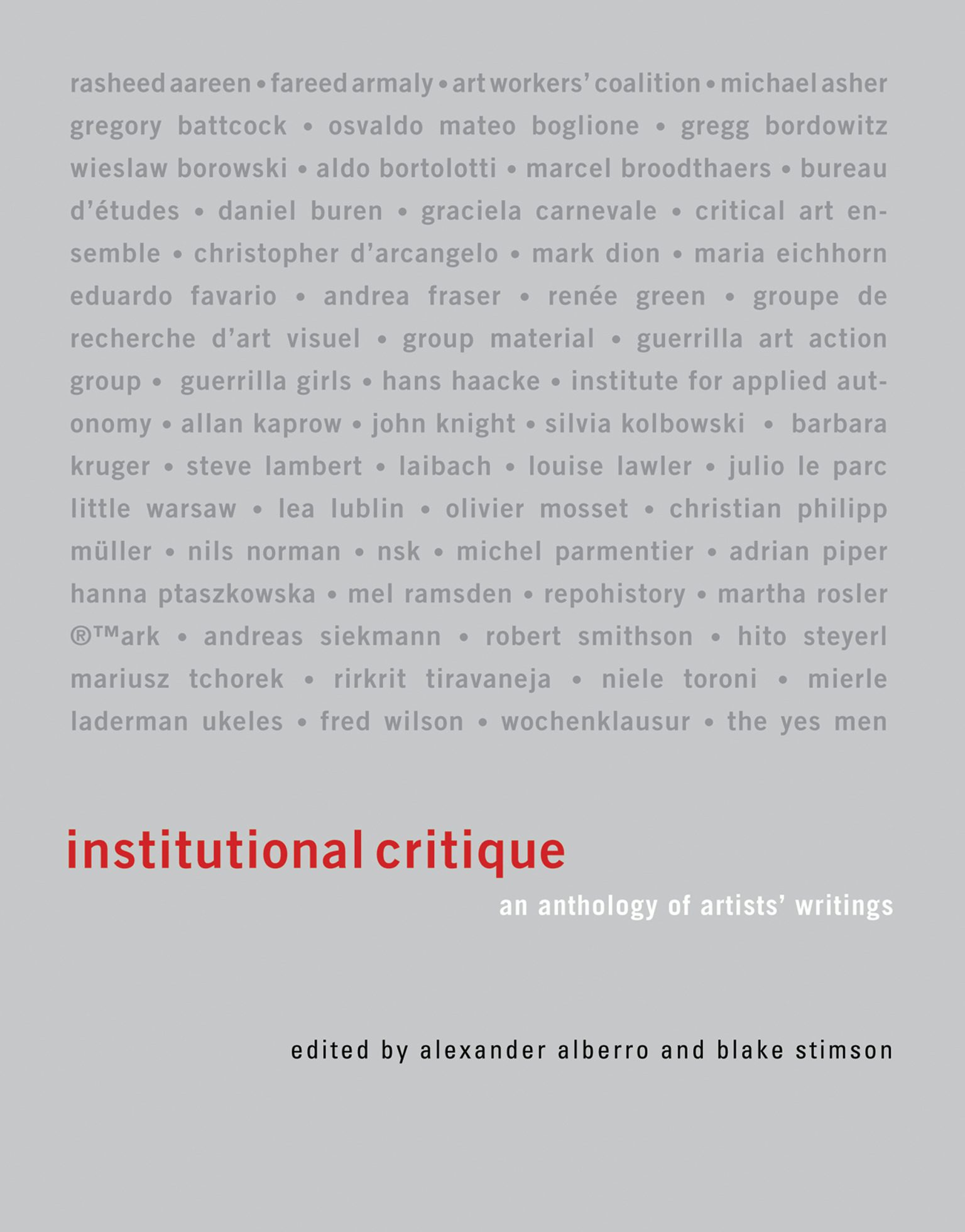Richard Hertz: Jack Goldstein and the CalArts Mafia (2003)
Filed under book | Tags: · 1970s, 1980s, art, art history, art system, biography

Jack Goldstein and the CalArts Mafia is the compelling story of Jack Goldstein and some of his classmates at CalArts, who in the early 70s went to New York and led the transition from conceptualism to Pictures art, utilizing images from television and movies with which they had grown up. At the same time, they discovered an artworld increasingly consumed by the desire for fame, fortune and the perks of success.
The book is anchored by Jack’s narratives of the early days of CalArts and the last days of Chouinard; the New York art world of the 70s and 80s; the trials and tribulations of finding and maintaining success; his interpersonal relationships; and his disappearance from the art scene. They are complemented by the first person narratives of Jack’s friends, including John Baldessari, Troy Brauntuch, Rosetta Brooks, Jean Fisher, Robert Longo, Matt Mullican and James Welling. There are provocative portraits of many well known artworld personalities of the 80s, including Mary Boone, David Salle, and Helene Winer, all working in a time when “the competitive spirit was strong and often brutal, caring little about anything but oneself and making lots of money.” Has anything changed?
Publisher Minneola Press, 2003
ISBN 0964016540, 9780964016545
223 pages
PDF, PDF (updated on 2014-12-22)
Comment (0)Jonathan Harris (ed.): Art, Money, Parties: New Institutions in the Political Economy of Contemporary Art (2004)
Filed under book | Tags: · art, art criticism, art history, art system, contemporary art, institutional critique

This collection of essays sets out to identify and examine the kinds of new institutions and social relations that have emerged and begun to shape the global organisation of contemporary visual art over the past twenty-five years. These institutions and relations, contributors argue, are not simply implicated in the exhibition of art – more than that, they have come to play significant roles in commissioning art production as well as mediating its reception in a number of different ways. Given this reorganisation, the set of concepts through which the ‘art world’ can be thought must be radically reviewed. Developments and transformations in, for example, patronage and managerial arrangements – on a global scale – have begun to outrun existing assumptions, categories and accounts. Terms such as ‘institution’, ‘means of production’ and ‘art world’ itself are invoked and critically scrutinised in all of the essays in this book. Some authors address these and other concepts within detailed empirical case studies, others by experimental application of novel theoretical premises.
This collection also includes discussion by those directly involved in the production and selling of contemporary art, reviewing the increasingly internationalised network now ordering contemporary art’s conditions of production, mediation and consumption. This book shows the complex interaction of the socio-political forces that bear on the art world as well as the tensions between those with different interests in art, raising vital questions about the changed relations between art, society and politics.
Publisher Liverpool University Press, 2004
Volume 7 of Tate Liverpool Critical Forum
ISBN 0853237395, 9780853237396
216 pages
PDF (no OCR; updated on 2012-7-18)
Comment (0)Alexander Alberro, Blake Stimson (eds.): Institutional Critique: An Anthology of Artists’ Writings (2009)
Filed under book | Tags: · art, art criticism, art history, art system, art theory, artistic research, contemporary art, critique, institutional critique

“‘Institutional critique’ is an artistic practice that reflects critically on its own place within galleries and museums and on the concept and social function of art itself. Such concerns have always been a part of modern art but took on new urgency at the end of the 1960s, when—driven by the social upheaval of the time and enabled by the tools and techniques of conceptual art—institutional critique emerged as a genre. This anthology traces the development of institutional critique as an artistic concern from the 1960s to the present, gathering writings and representative art projects of artists who developed and extended the genre. The artists come from across Europe and throughout North America. The texts and artworks included are notable for the range of perspectives and positions they reflect, and for their influence in pushing the boundaries of what is meant by institutional critique.
Like Alberro and Stimson’s Conceptual Art: A Critical Anthology, this volume will shed new light on its subject through its critical and historical framing. Even readers already familiar with institutional critique will come away from this book with a greater and often redirected understanding of its significance.”
Artists represented include: Wieslaw Borowski, Daniel Buren, Marcel Broodthaers, Groupe de Recherche d’Art Visuel, Hans Haacke, Robert Smithson, John Knight, Graciela Carnevale, Osvaldo Mateo Boglione, Guerilla Art Action Group, Art Workers’ Coalition, Mierle Laderman Ukeles, Michael Asher, Mel Ramsden, Adrian Piper, The Guerrilla Girls, Laibach, Silvia Kolbowski, Andrea Fraser, Fred Wilson, Mark Dion, Maria Eichhorn, Critical Art Ensemble, Bureau d’Études, WochenKlausur, The Yes Men, Hito Steyerl, Andreas Siekmann
Publisher MIT Press, 2009
ISBN 0262013169, 9780262013161
492 pages
PDF (10 MB, no OCR; updated on 2023-2-14)
Comments (2)
